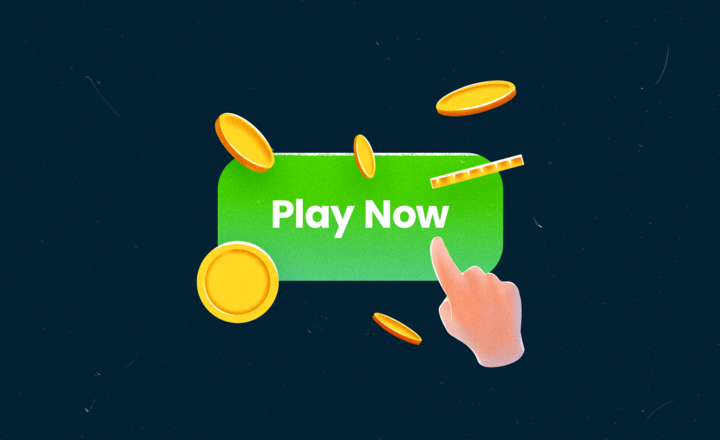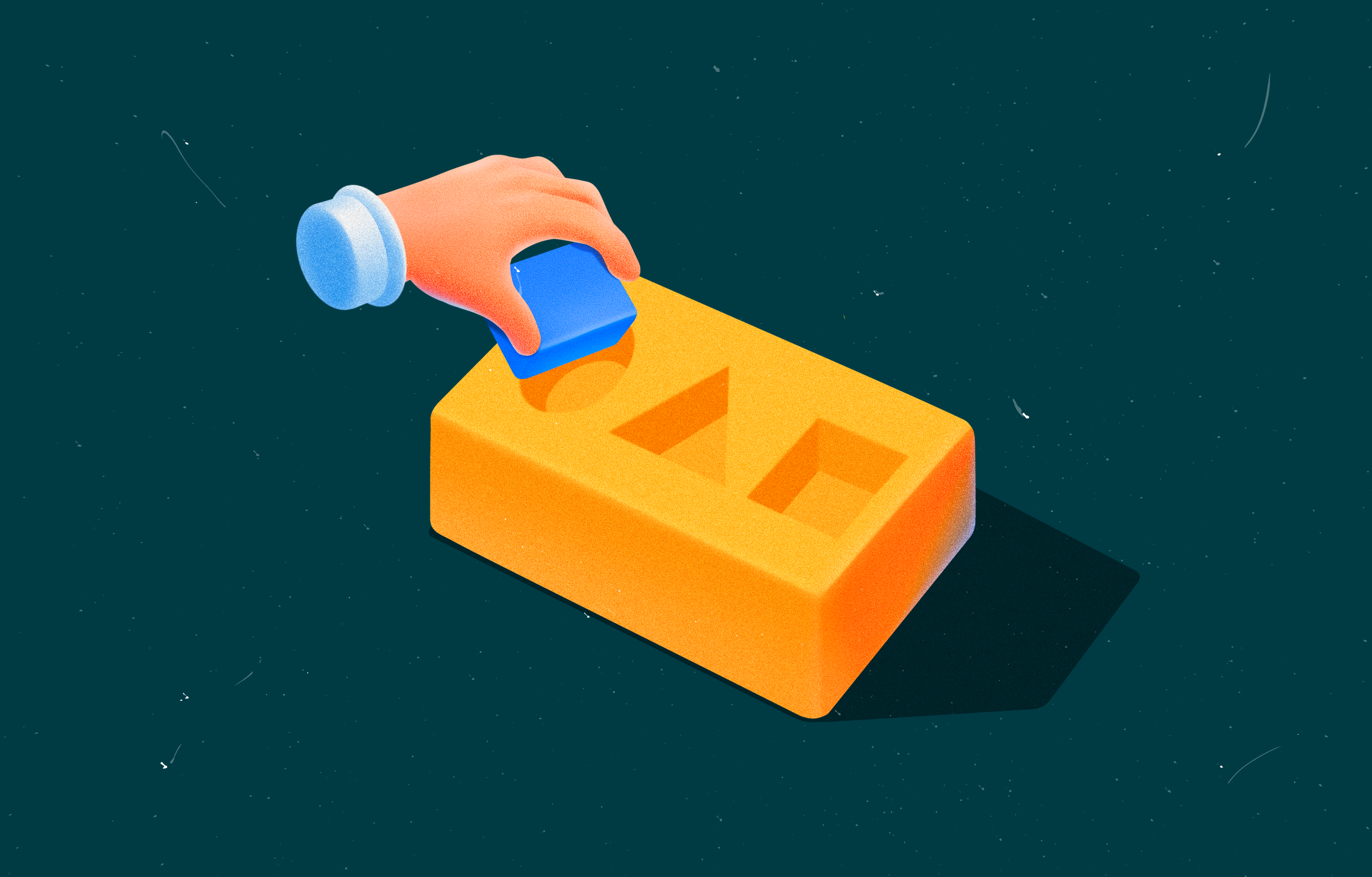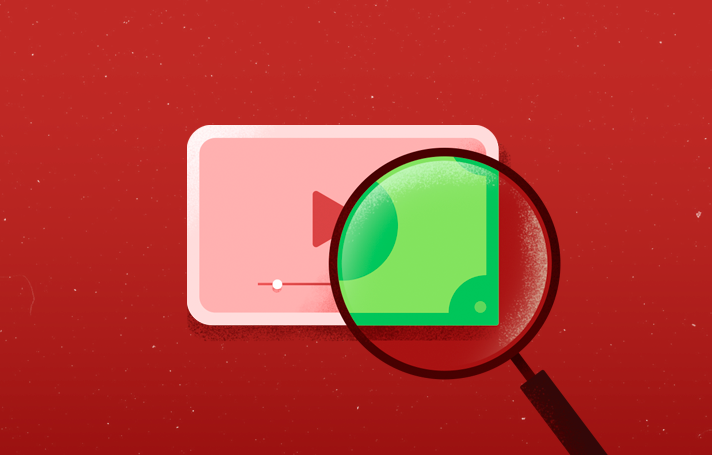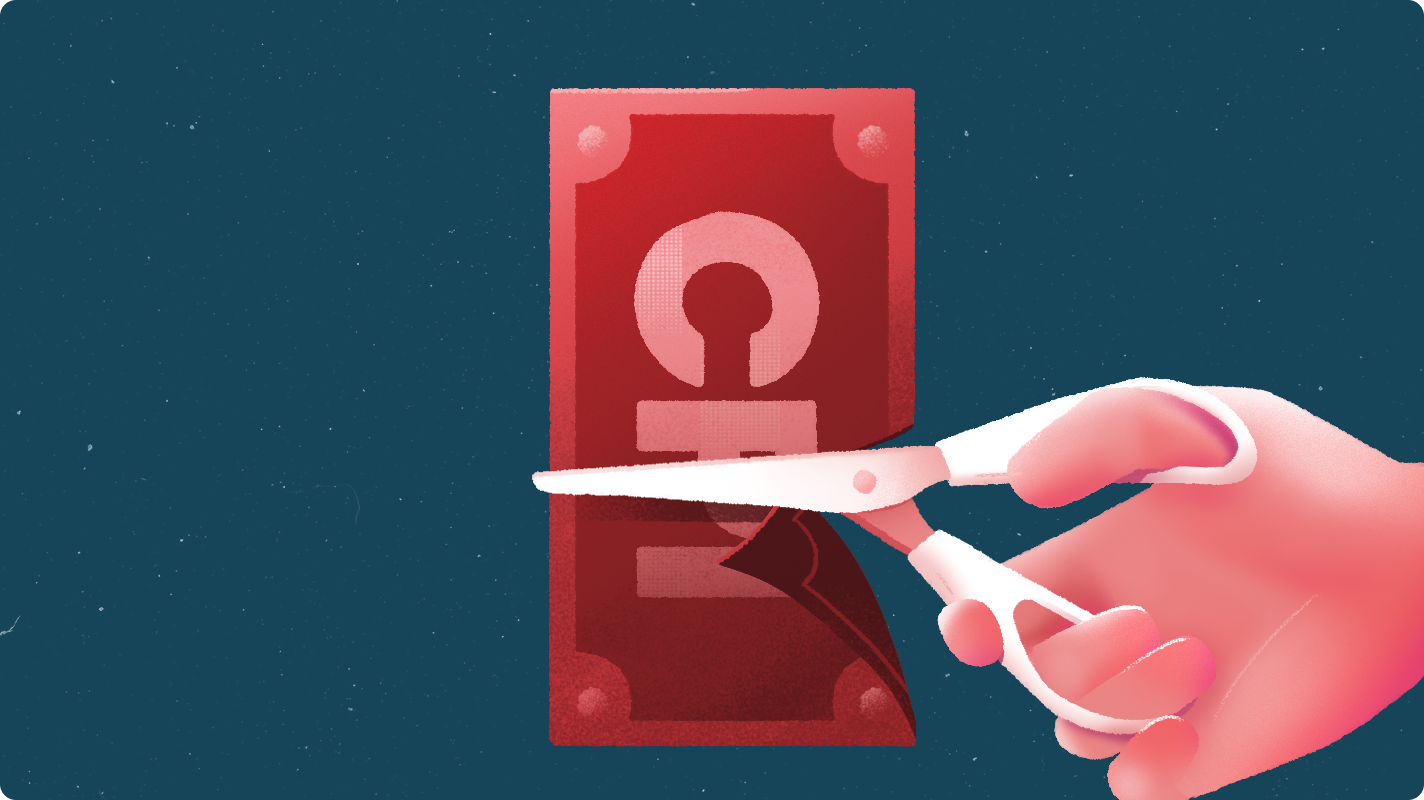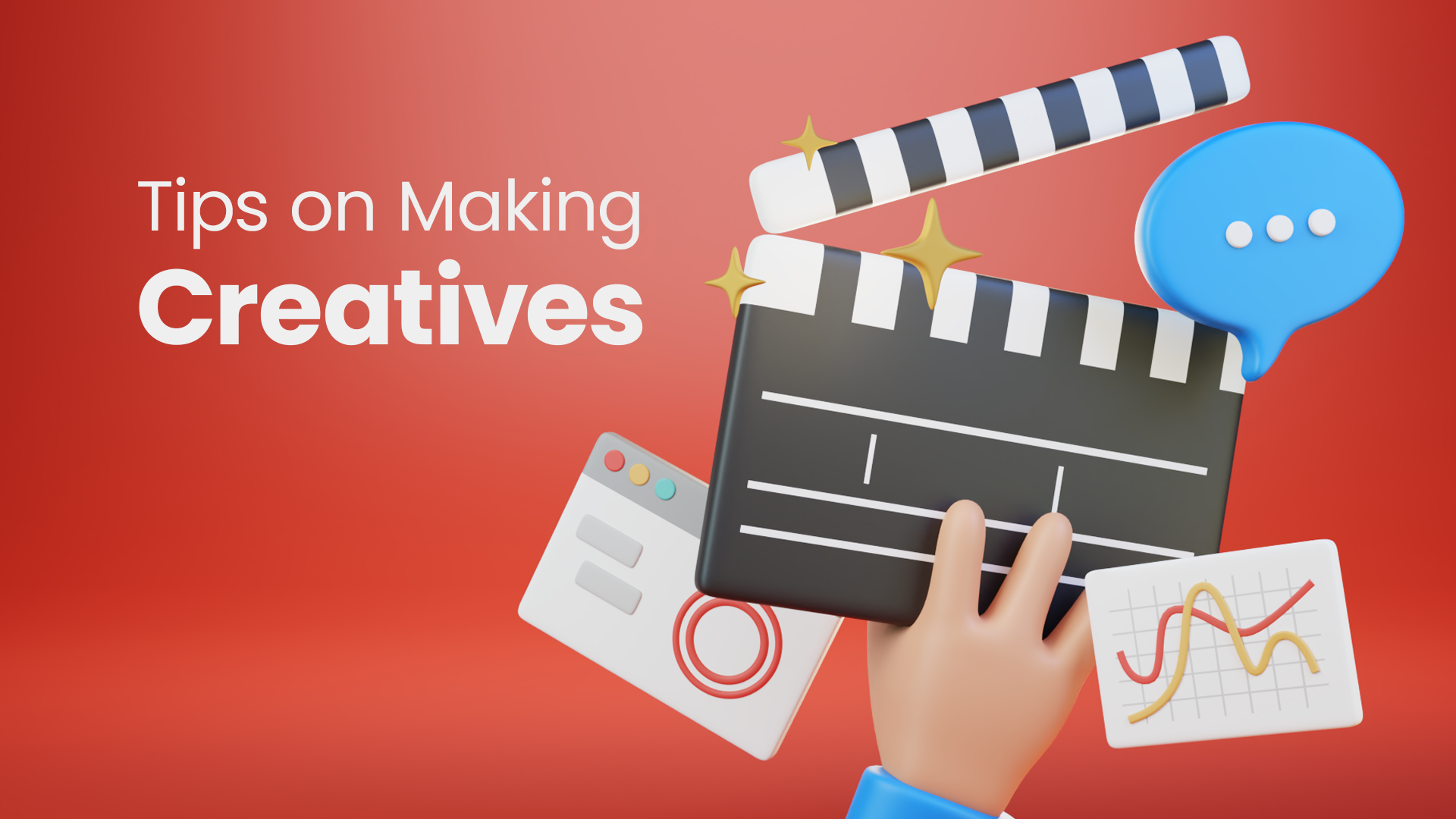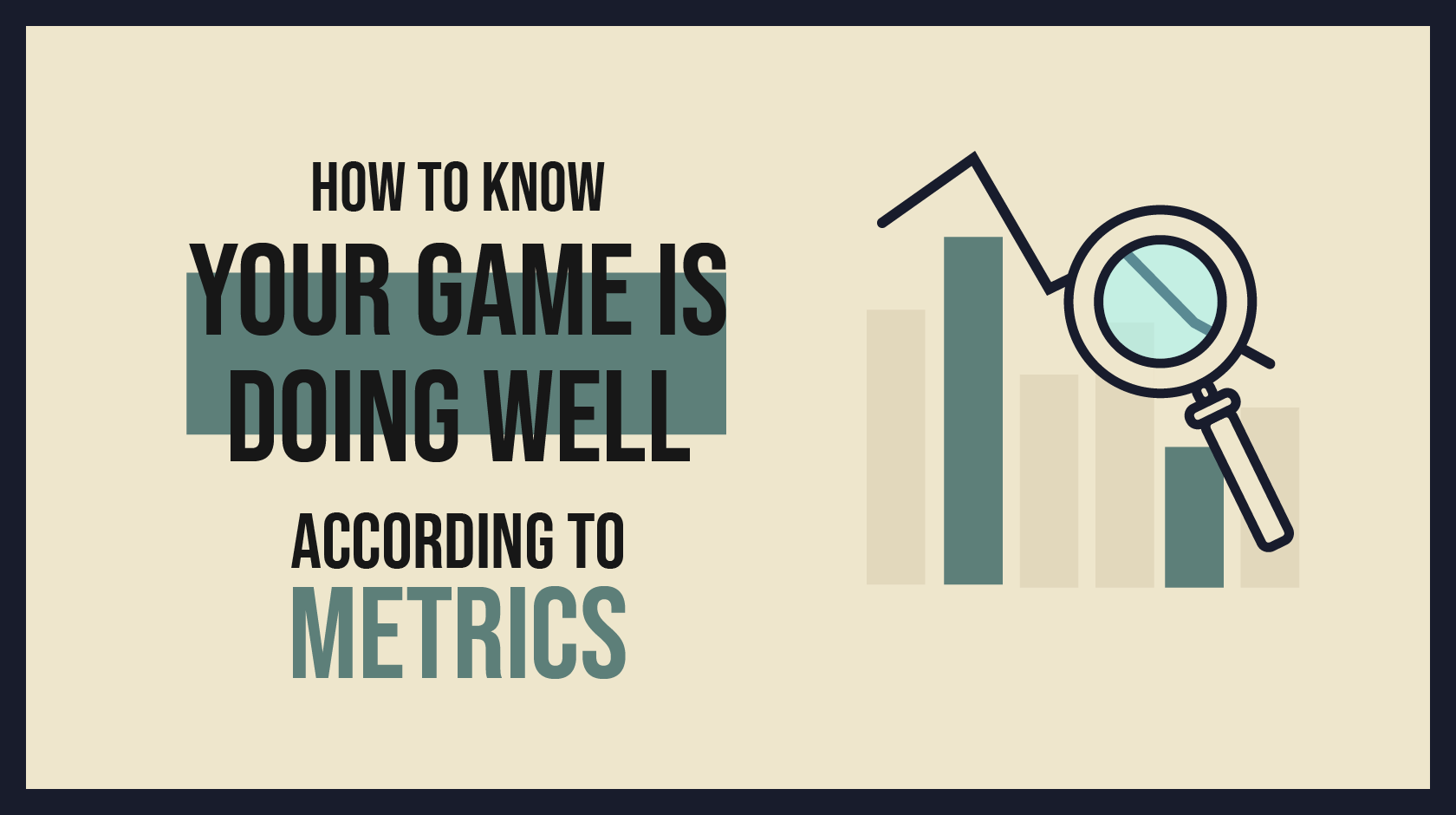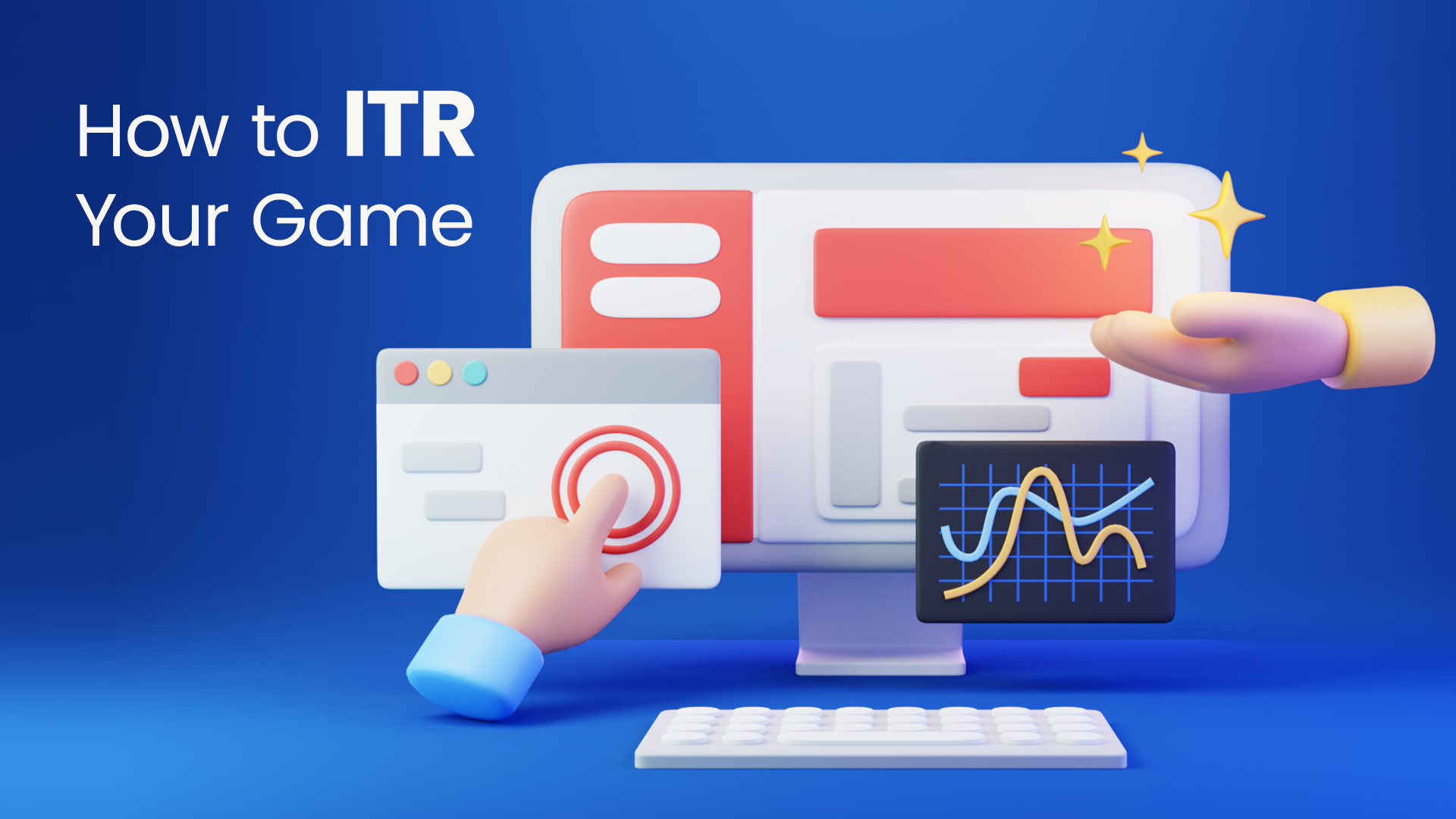
How to iterate your game to improve metrics
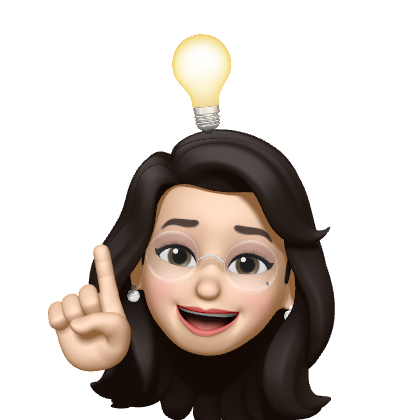
If you have tested your game and it shows promising marketability with a low CPI, the next step is to iterate on it to improve its game data. Adding more content and implementing factors to increase the playtime of your game is crucial when making a new iteration. Many factors play into the current data of your game, and you must get an exact idea of what is influencing how users play your game.
Here are some tips on how to improve your game data when iterating your game:
1. Improve your current KPI metrics by making data-based decisions.

Utilize analytical tools to track not just playtime, session time, and user retention - when it comes to adequately iterating on your game, you should consider setting up monitoring events for the following:
- Level progression (start, fail, complete, drop off, progression funnel)
- Unlocking of areas and rewards.
- Button Clicks
Testing your game with gameplay changes in your iteration gives you more insight into your game and enables you to improve your game metrics. A/B testing different level orders, difficulties, and game economies is an excellent way to find factors for improvement. Also, creating a level funnel will help you better understand how players react to your game and where they abandon it or try various times to pass a level.
2. Submit your iteration using new creatives.

You are free to use the best-performing creative in your second iteration, but make sure that you test different characteristics that can allow you to improve your CPI. Using creatives you have not used before and re-using the same attributes in those previously tested creatives with the lowest CPI can help you further improve this metric. The reason for this is that a campaign cannot run off a single ad, and there also needs to be a way to target various players and see how these creatives affect the audience.
Some tips for making good creative videos are:
- Keep it simple
- Use fail scenarios
- Use humor
- Challenge the viewers-"harder than you think," "IQ 500"
In the case of MondayOFF's game Change and Drop, the creative team experimented with using different textures, colors, and objects for the ad videos. In one of the best performing creatives, the video on the left, shows the core gameplay with a light-colored background highlighting the balls and showing an increase in them when more are added as the video goes on. This was one of the best-performing creatives.
In the other example, the balls were changed to popcorn, and the background color was blue. Unfortunately, this creative did not perform as well. It could be due to the popcorn not being as visible as the balls in the creative on the left side.
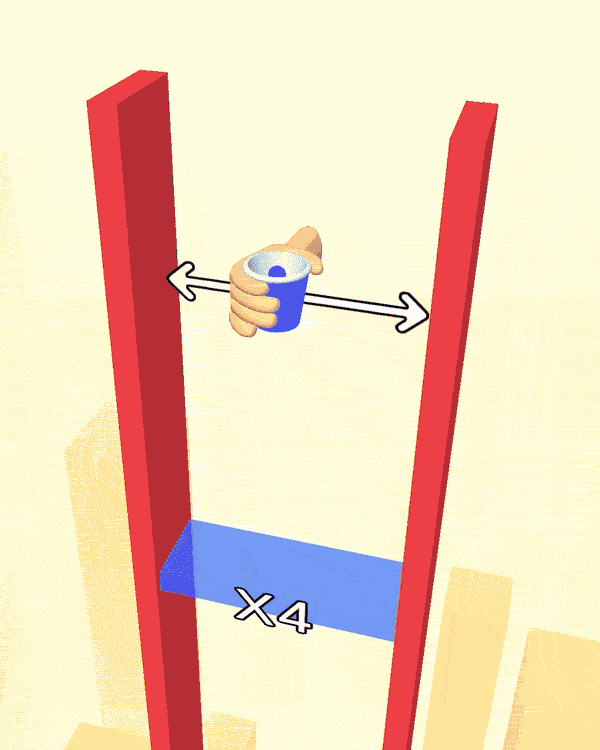
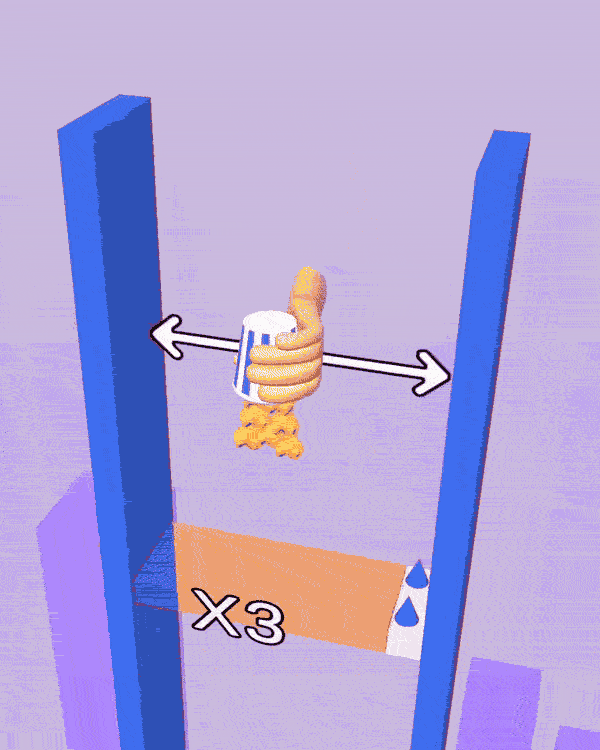
As seen in the example from Change and Drop, it is essential to highlight the main character and the core gameplay. Also, showing light colors that make the creative more visible and aesthetically pleasing is necessary.
When making creatives for your next iterations, feel free to explore using different settings, colors, and backgrounds or even change the look of your main character. You never know what could work, and it will be helpful for you to understand what attracts users and be able to use this information on your next games.
If you want more insights on making creatives, please read our blog post, "Tips on making better creatives."
3. Iterating your game while it is in Soft Launch or Commercial Launch
When your game is under a publishing contract, an ads SDK is immediately integrated to test your game's performance with ads and monetization during soft launch. After the ads SDK integration, there might be a significant decrease in your game's metrics by around 50%. This is a usual cause since players could get fatigued by the number of ads shown, so selecting the most optimal monetization strategies for your game is essential.
During the soft launch, you can iterate your game several times to see which ad placements are best and if any meta-layers must be added to your game to increase engagement.
During the soft launch, the KPI most important is the LTV. For this reason, developers must be ready to make more content to maintain a high retention and increase the overall LTV for your game.
In MondayOFF’s Wacky Jelly, there was a significant increase in the LTV when the game was updated by adding more levels. The studio team realized that the game could obtain a much higher LTV if more levels were added. The update indeed increased the LTV by around 1.5 times. The graph below shows that the LTV from the original version of the game and the updated version increased a lot.
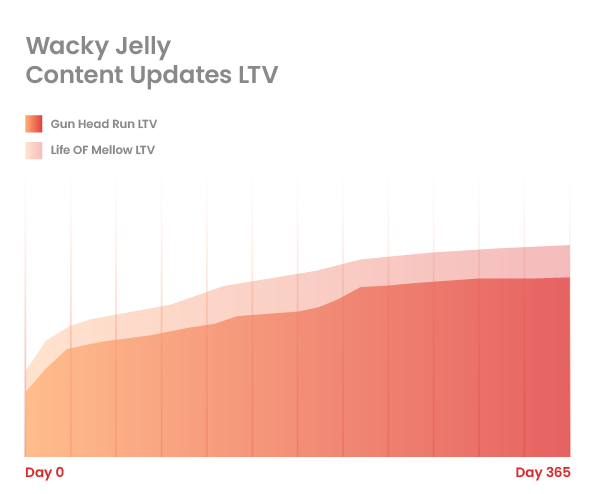
Wacky Jelly LTV 100 vs 300 levels.
4. Learn from your mistakes, and apply your experience in new projects.

If you have done several iterations of your game and the data doesn't improve, it may be time to move on and test your skills with a different project. It is hard to give up on a project you have already started. Still, it is better to create something new that could be a success than be stuck on the same project in an endless loop - instead, you can try to use the good points of your previous project into elements that would also work in your new project. That could be an improved game economy, player rewards, button elements, and other assets. Moving into another project and considering what you have learned from analyzing your past game's data can help you understand what to avoid and which elements are crucial for making a better game with better metrics.
When testing with MondayOFF Dashboard, you can compare your previous results and obtain some aid from publishing managers to help you improve your game. MondayOFF Dashboard allows you to test for free without limitations on submissions.
At MondayOFF, we can provide you with helpful advice to improve your game and make new iterations to have better data.
Check out our events page to learn more about our latest competition!
Publish with MondayOFF
Make your next big hit with flexible KPIs!
Submit Your Game
